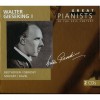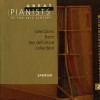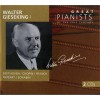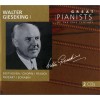| Voice/Instrument: |
Biography
Walter Wilhelm Gieseking (5 November 1895 – 26 October 1956) was a German pianist and composer.
Born in Lyon, France, the son of a German doctor and entomologist, Gieseking first started playing the piano at age 4, but without formal instruction. His family travelled frequently and he was privately schooled. From 1911 to early 1916 he studied at the conservatorium in Hanover. His mentor was the director Karl Leimer, with whom he later co-authored a piano method (Piano Technique, published by Dover Press). Because of his gifts—he had a natural technique, perfect pitch, and an abnormally acute photographic memory—he was able to learn repertoire with relatively little practice. As taught in the Gieseking-Leimer method, he usually studied new pieces away from the piano. Consequently, it became well publicised that he often memorized new works while traveling by train, ship, or plane. He made his first appearance in 1915, but was conscripted in 1916 and spent the remainder of World War I as a regimental bandsman. He gave his first London recital in 1923, and was soon regarded as one of the most outstanding interpreters of Debussy and Chopin.
During World War II Gieseking continued to reside in Germany, while continuing his career in Europe. Because he performed in Nazi-occupied countries such as France, he was later accused of having collaborated with the Nazi Party. Like many German artists, Gieseking was blacklisted during the initial post-war period. By January 1947, however, he had been cleared by the U.S. Military Government and was able to resume his career. Nevertheless, his initial U.S. return, scheduled for January 1949, was cancelled owing to the protest of a number of organizations such as the Anti-Defamation League and the American Veterans Committee. Although there had been other protests (in Australia and Peru for example) his 1949 American tour was the only group of concerts cancelled because of the outcry. With the exception of the United States, he resumed performing around the world. In 1953 he returned to the United States. His concert at Carnegie Hall was sold out and well received, and Gieseking was more popular than ever.
Gieseking had a very wide repertoire, ranging from the core works by Beethoven through to the concertos of Sergei Rachmaninoff (the composer was impressed with his traversal of the Third) and more modern works by the likes of Ferruccio Busoni, Paul Hindemith, Arnold Schoenberg, and the lesser-known Italian Goffredo Petrassi. He gave the premiere of the Piano Concerto by Hans Pfitzner in 1923. Today, though, he is primarily remembered as one of the greatest interpreters of the music of Claude Debussy, and Maurice Ravel.
His recording of the complete solo piano works of Debussy was the first such undertaking and has been re-released by on CD, as have his traversals of the complete solo piano works of Mozart and Ravel. Gieseking's historic 1944 performance of Beethoven's "Emperor" Concerto, in which anti-aircraft fire is audible, is one of the earliest stereo recordings. His last recording project was the complete cycle of Beethoven's Piano Sonatas. Gieseking suddenly fell ill in London, however, during a recording of Beethoven's Piano Sonata No. 15 for HMV. He had completed the first three movements and, the following day, was due to record the fourth. He died a few days later due to post-operative complications. HMV released the unfinished recording, and since then broadcast recordings of Gieseking playing all of Beethoven's Piano Sonatas (with the exception of Op. 54) have been issued. Although some of his readings - particularly the live ones - can at times be erratic and riddled with wrong notes, when Gieseking was in form he exhibited superb technical equipment.
Baronia brevicornis of the Coll. Gieseking, Museum Wiesbaden, Germany
As Gieseking's father had earned a living as a lepidopterist, Gieseking, too, devoted much time to the collecting of butterflies and moths throughout his life. His private collection is deposited in the Natural History Collection of the Museum Wiesbaden.
Discography
Composers' compositions
Wolfgang Amadeus Mozart
Walter Gieseking - Complete Warner Edition - CD37 - Mozart, Gieseking - SongsVocal and instrumental music







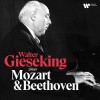
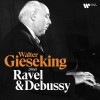




















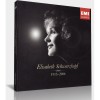
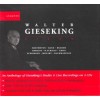
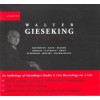
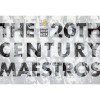
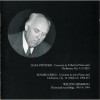
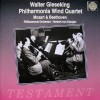
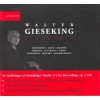
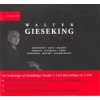
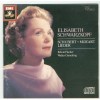













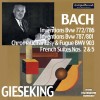
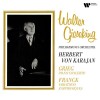
![Beethoven: Complete Works [Brilliant Classics 100 CD Box] - CD 086-100 - Historical Recordings](http://static.classicalm.com/repository/composition-cover/small/43310-img1648135445673309.jpg)
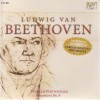

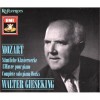
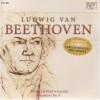
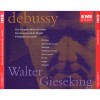
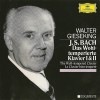
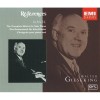
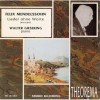
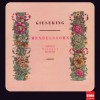
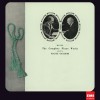
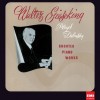
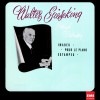
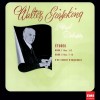
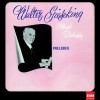
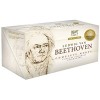
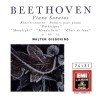
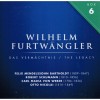
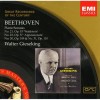

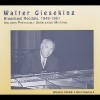
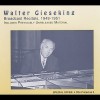
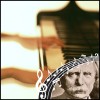
![Wilhelm Furtwaengler 1942-1944 Vol. 2 [CD 1of 5]](http://static.classicalm.com/repository/disk-cover/small/2971-img1365438559218007.jpg)
